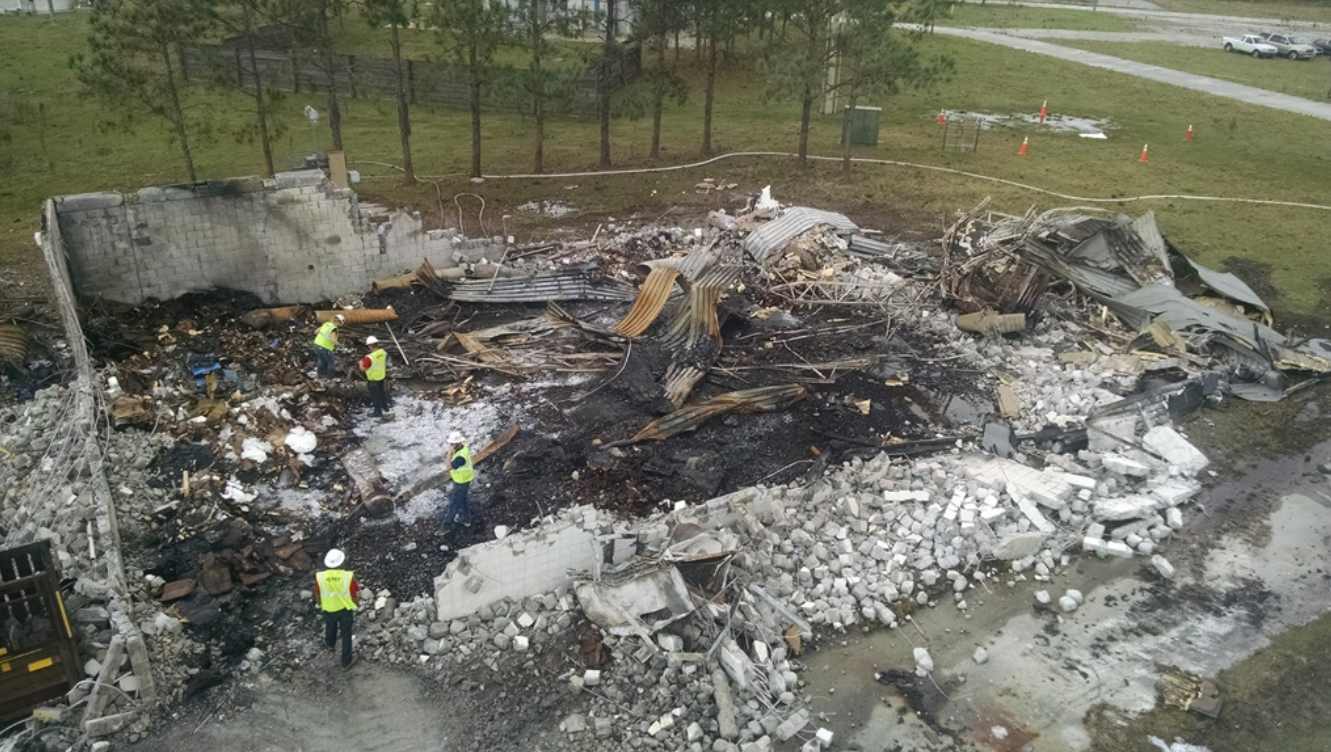
ASN Wikibase Occurrence # 173186
This information is added by users of ASN. Neither ASN nor the Flight Safety Foundation are responsible for the completeness or correctness of this information.
If you feel this information is incomplete or incorrect, you can submit corrected information.
| Date: | Thursday 22 January 2015 |
| Time: | 09:13 |
| Type: |  Piper PA-23 Apache |
| Owner/operator: | Tailwheels Etc Inc |
| Registration: | N465JA |
| MSN: | 23-1033 |
| Year of manufacture: | 1957 |
| Total airframe hrs: | 5922 hours |
| Engine model: | Lycoming O-320-A1B |
| Fatalities: | Fatalities: 2 / Occupants: 2 |
| Aircraft damage: | Destroyed |
| Category: | Accident |
| Location: | NW of Lakeland Linder Regional Airport (KLAL), Lakeland, FL -
 United States of America United States of America
|
| Phase: | Manoeuvring (airshow, firefighting, ag.ops.) |
| Nature: | Training |
| Departure airport: | Lakeland Linder Regional Airport, FL (LAL/KLAL) |
| Lakeland Linder Regional Airport, FL (LAL/KLAL) | |
| Investigating agency: | NTSB |
| Confidence Rating: |
On January 22, 2015, about 0913 eastern standard time, a Piper PA-23, N465JA, registered to 55XRAY, Inc., and operated by Tailwheels, Etc., descended into a building northwest of the Lakeland Linder Regional Airport (LAL), Lakeland, Florida. Visual meteorological conditions prevailed at the time and no flight plan was filed for the 14 Code of Federal Regulations (CFR) Part 91 local, instructional flight. The airplane was destroyed and the flight instructor and pilot-rated student were fatally injured. The flight originated about 0847 from LAL.
The flight was the seventh lesson for the multiengine student, which likely included a simulated engine failure of the right engine usually performed over or near the destination airport. After takeoff, the flight proceeded north; radar returns were consistent with airwork. The airplane then turned and began flying toward the destination airport at 3,600 ft mean sea level and 105 mph.
A witness heard a “pop” sound, and another witness heard an unusual engine sound; these might be consistent with a quick reduction in power on one engine, and, based on radar data, the airplane began to slow about that time, consistent with reduced power from one engine. The airplane then began a right turn, pitched nose down, descended into a building, and was nearly consumed by a postcrash fire. Although the final descent was captured by a security video, the low-resolution image precluded a determination of the state of the airplane at that time.
No structure associated with the aft portion of the fuselage was identified in the wreckage. Examination of sections of the fractured structure revealed no evidence of preimpact failure or malfunction. Examination of the fractured left rudder cable revealed extensive postaccident heat damage to the fracture surface that precluded determination of the fracture mode. Examination of the engines and propellers revealed no evidence of preimpact failures or malfunctions; neither propeller was in the feathered position.
The rudder with attached trim tab and a flight bag separated from the airplane during the descent came to rest outside the impact area. The separated rudder exhibited evidence of overtravel in both directions that is consistent with loss of cable tension; the reason for the loss of cable tension could not be determined. It also could not be determined how the flight bag became separated from the wreckage.
Discrepancies previously noted by Federal Aviation Administration personnel during a ramp inspection of the accident airplane had been repaired before the accident flight. Further, the pilot who flew the accident airplane the day before reported no discrepancies during that flight.
Although the toxicological finding in specimens of the pilot-rated student were positive for ethanol, it is likely that it was the result of postmortem production.
Probable Cause: An in-flight loss of control for reasons that could not be determined during postaccident investigation; the loss of control likely occurred during a simulated loss of power in the right engine during an instructional flight.
Accident investigation:
 |
|
Sources:
NTSB
Location
Images:

Photo: NTSB
Revision history:
| Date/time | Contributor | Updates |
|---|---|---|
| 22-Jan-2015 17:11 | Geno | Added |
| 22-Jan-2015 17:35 | Geno | Updated [Aircraft type, Registration, Cn, Operator, Location, Source, Narrative] |
| 06-Feb-2015 18:57 | Geno | Updated [Time, Phase, Destination airport, Source, Narrative] |
| 21-Dec-2016 19:28 | ASN Update Bot | Updated [Time, Damage, Category, Investigating agency] |
| 01-Dec-2017 11:47 | ASN Update Bot | Updated [Operator, Other fatalities, Departure airport, Destination airport, Source, Narrative] |
| 11-Sep-2022 17:34 | Captain Adam | Updated [Operator, Other fatalities, Phase, Departure airport, Destination airport, Narrative, Photo] |
Corrections or additions? ... Edit this accident description
The Aviation Safety Network is an exclusive service provided by:


 ©2024 Flight Safety Foundation
©2024 Flight Safety Foundation